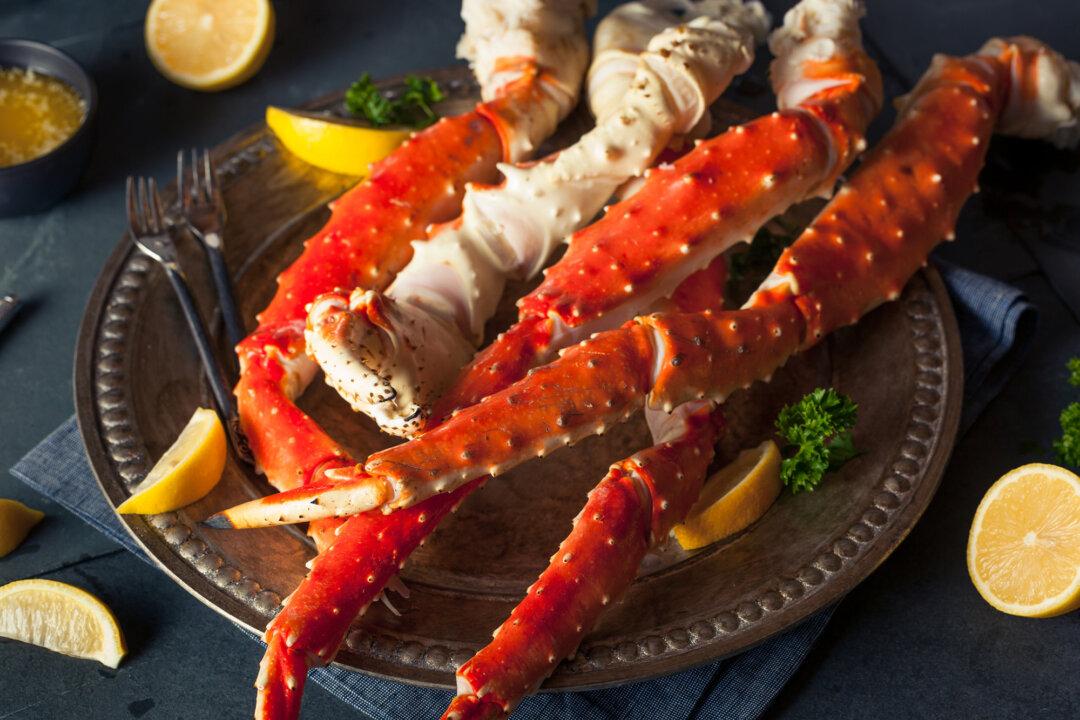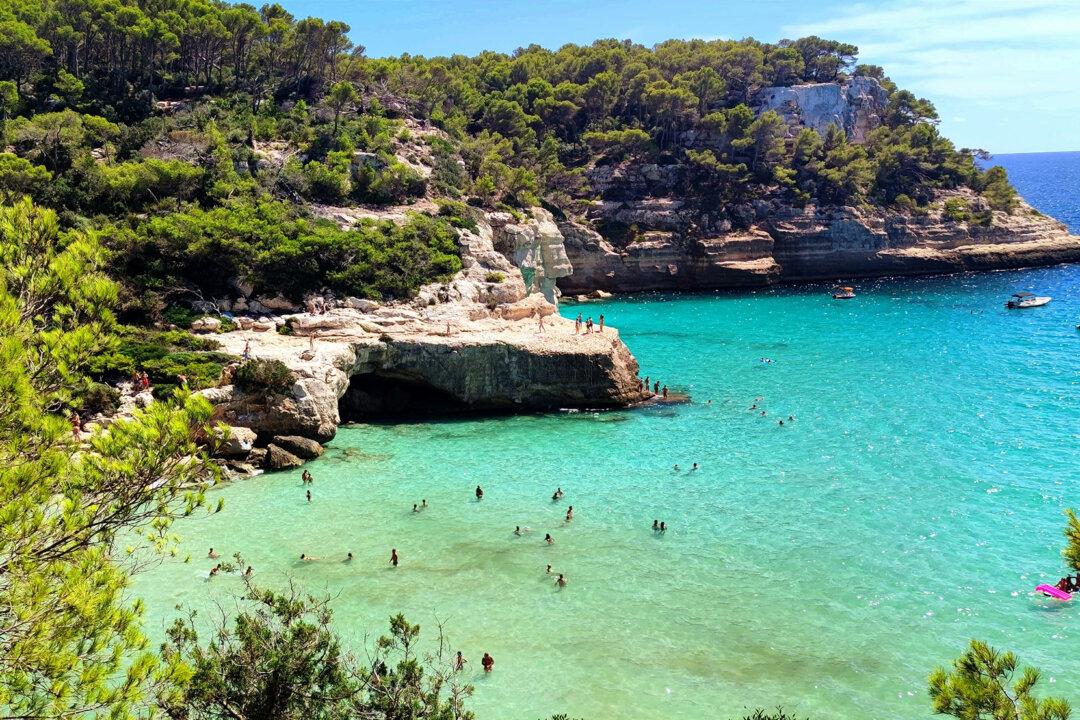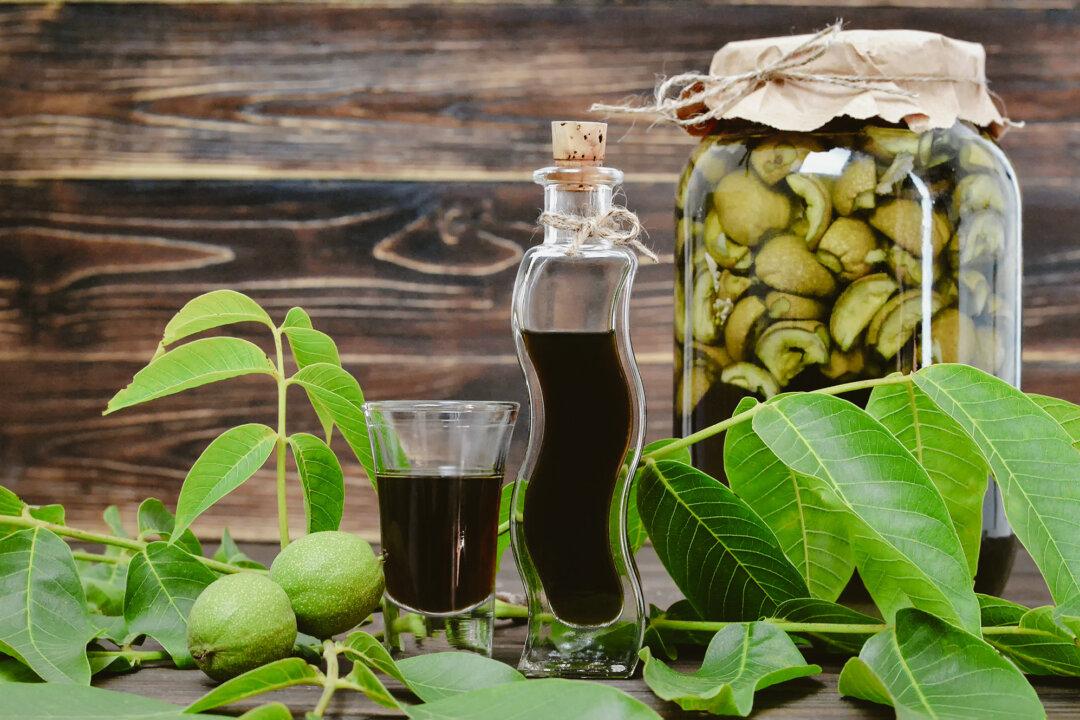Considering its proximity to the U.S., it was surprising that the Dominican Republic somehow got passed over in my Caribbean travels. I had heard tell of Punta Cana, the easternmost point and a popular cruise destination, but beyond that, I knew very little.
On a weeklong trip to the lesser-traveled north shore, however, I found a real appreciation for the island’s beauty.





